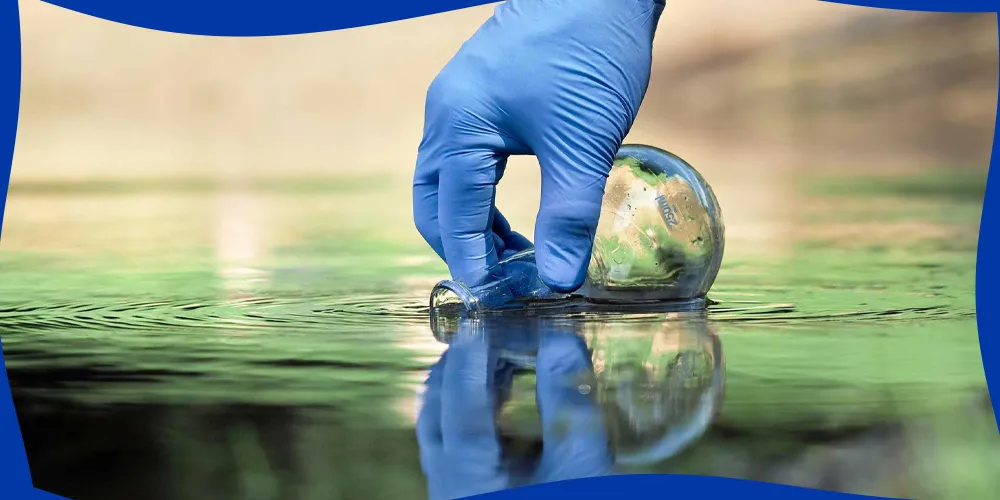Save Your Family From Drinking Water Chemicals!
Sensitive groups, like pregnant women and children, are at higher risk for health complications, especially from the following contaminants:
- Lead: Likely the most famous bad guy, this heavy metal can leach from lead pipes and plumbing fixtures, especially when the water flowing through them is corrosive. It can cause neurological and behavioral problems in children and adverse health effects in adults. “It’s a more common problem in cities with older water systems,” NRDC Health team scientist Kristi Pullen Fedinick says, “but what a lot of people don’t realize is that even relatively new brass fixtures and faucets can still contain significant amounts of lead. Just because your home is less than 20 years old doesn’t necessarily mean you’re lead-free.”
- Atrazine: This endocrine-disrupting chemical is one of the most commonly detected pesticides in U.S. waters. NRDC studies have found its contamination is most common in drinking water across the Midwest and the southern United States. The EPA currently monitors a sample of community water systems to determine if Atrazine concentrations pose a risk to public health, but NRDC has called on the government to phase out the use of this chemical entirely.
- Pathogens: Bacteria, viruses, and parasites that cause illness can find their way into water supplies that are inadequately treated to kill germs. Fortunately, these pathogens are much better controlled today than they once were. After a 1993 waterborne disease outbreak in Milwaukee sickened more than 400,000 people, Olson says, “NRDC really led the charge in changing the EPA’s rules and safeguards.” But clearly much more remains to be done.
- Chlorine treatment by-products: Chemicals used in drinking water’s disinfection process, such as trihalomethanes and halo acetic acids, may cause cancer and reproductive problems if present in high quantities.
- Arsenic: The EPA estimated in 2000 that nearly 36 million Americans drank water containing arsenic at or above 3 parts per billion—the level NRDC had urged be established as a drinking water standard. “The EPA had delayed and delayed updating the arsenic standard that was originally issued in the 1960s, but we finally got them to relent and update the arsenic number based on modern science in the early 2000s,” Olson says. Since then, arsenic levels across the country have declined as a result, he adds, but the contaminant is still worth looking out for.
- Nitrates: Though nitrates occur naturally in plants and soil at low concentrations, they have become a widespread contaminant due in part to their use as fertilizer. Runoff from factory farms flows into surface and groundwater and ends up in our drinking water. The EPA set a limit of 10 parts per million for nitrates, which can be harmful to pregnant women and infants. In rare cases, exposed infants can develop blue baby syndrome, a potentially fatal illness that prevents the blood from carrying oxygen.
- Radioactive contaminants: Most radioactive elements found in drinking water occur naturally, but radioactive material from the production of nuclear weapons, energy, and medicines can also get into drinking supplies through leaks or improper waste storage. Exposure can cause cancer or kidney failure.
- Vinyl chloride: Used to make PVC plastic products, such as some pipes, this cancer-causing contaminant can leach from older PVC piping and has been found in the drinking water of a small number of communities across the country.
Experience That Speaks!
With uncountable years in the water treatment industry, Advanced chemicals and engineering has perfected the creation of high-quality anticipant which will effectively protect your membranes from fouling or scaling for a long period of time. It is important to make sure you add the RO anticipant chemicals before reaching the reverse osmosis membranes in order to dissolve the minerals that cause fouling, such as calcium carbonate and sulfate precipitates.
